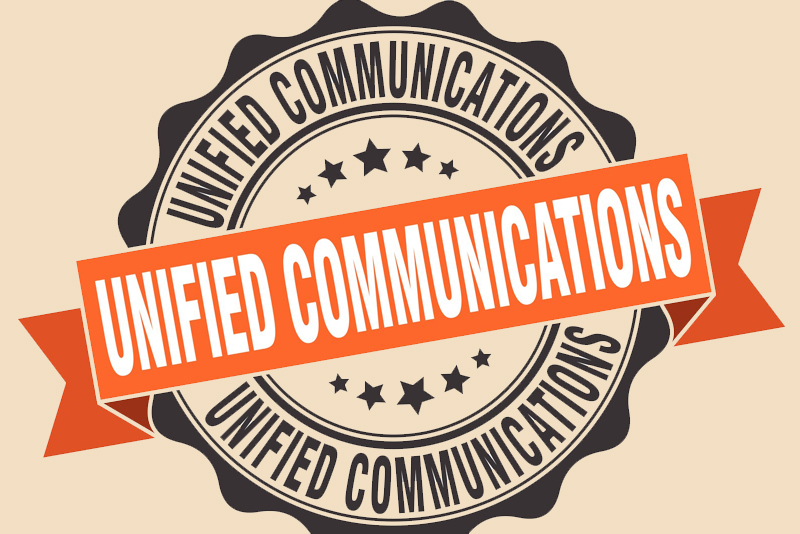Remote collaboration tools or unified communications gained prominence as organizations became increasingly global, and had to engage their workforce spread across many countries and regions. Today, with the COVID-19 pandemic almost shutting down travel and leading to global distancing, remote collaboration tools have become even more important to align a remote team around a shared goal. Meeting transcription allows team leaders to record what was said, highlight key discussion points, and document assignment of activities.
According to a Stanford study, collaborative teams are able to focus on their tasks for 64% longer than their peers who worked alone. However, remote collaboration for work would be impossible without certain elements. Let’s take a look at 8 top elements that facilitate and promote long-distance business communication and collaboration.
- Top-quality audio and video: High-definition video and excellent audio are the most important requirements when it comes to virtual conferencing. This was confirmed by a recent Nemertes Research survey, says a Search Unified Communications article. High quality audio and video is crucial for remote face-to-face meetings with colleagues. Modern video conferencing solutions are easy-to-use platforms that blend important collaborative functions such as screen sharing, VoIP, audio and video recording, and meeting broadcasts.
- Ease of use: Video conferencing platforms should offer ease of use. In a survey of business video conferencing users, industry expert Logitech listed “ease of use” as the most cited factor in the selection of a business video conferencing system. Users must be able to access the platform easily and quickly, without having to enter multiple logins, passwords, PINs, and access codes. If the time for your video meeting is 30 minutes, it won’t do if you have to spend ten minutes to start the call and set up screen sharing. So, ease of use comes down to end users being able to start meetings on time and join them easily through a browser or a one-time installation. However, experience shows that ease of use can also raise security risks.
- Meeting transcription: Business organizations are waking up to the importance of meeting transcription. Video conferences and interviews involve a lot of decision making and sharing of critical information. But listening carefully and taking notes can be a daunting task, leading users to lose focus on what’s going on. Today’s video conferencing platforms come with real-time meeting transcription, which does away with the need for note-taking during a meeting. Speech recognition software converts audio into text instantly. Further, as Search Unified Communications points out, analytics can set up a word cloud where the most discussed topics at the meeting would be available for users.
- Screen sharing: Another key element for successful video conferencing is screen sharing. In fact, screen sharing has become an important element in the development of telecommuting and virtual collaboration systems. The ability to share the contents of your screen with another device or multiple devices is essential for effective remote collaboration. Users can share their screen real-time and also present visual aids. Webex, for instance, allows for full screen sharing or sharing a specific app or document. Users can also have video and audio running during screen share.
- Easy to navigate and manage: Unified communication tools for remote collaboration must be easily accessible, easy to navigate, and easy to manage. Users must be able to conduct discussions easily. User interfaces should be simple and uncluttered, with shortcuts and easy ways to move between channels.
- Instant messaging and chat: Instant messaging is a fey feature of the unified communication model. The interface allows people to communicate and collaborate with each other in real-time using options such as private messaging, message timeline, comments and responses to particular messages, threads on specific topics, one-on-one chats, messages addressed to specific users or groups, and more. Instant messaging allows participants to ask questions or make comments during a video call without interrupting the speaker, and which is a big advantage when hosting a large meeting. Group messages pertaining to the meeting can be saved and be linked to file storage. GIFs, emojis and memes can be used to lighten the mood.
- Mobile: Online collaboration tools provide options that allow teams to collaborate both on mobile and desktop devices. This means team members can participate in meetings, collaborate with their peers, and contribute to projects from any place with an internet connection.
- Muting and noise suppression: Muting is a useful element to prevent unwanted noise. Individuals can mute/unmute themselves, other participants, and background noise. Muting prevents people from talking over each other, which can ruin the quality of the meeting. Noise suppression is an especially important feature when you are working from home. Google Meet recently introduced a “denoiser” that limits interruptions to meetings by intelligently filtering out background distractions – like your dog barking or keystrokes as you take meeting notes.
Other elements that today’s collaboration and video conferencing tools come with include virtual backgrounds to maintain a professional background/environment, closed captioning, and language translation within meetings. While most tools offer automated transcription, accuracy can be a concern. Partnering with a business transcription service is the best way to ensure reliable, error-free records of meetings, presentations, and other online collaborative sessions.




